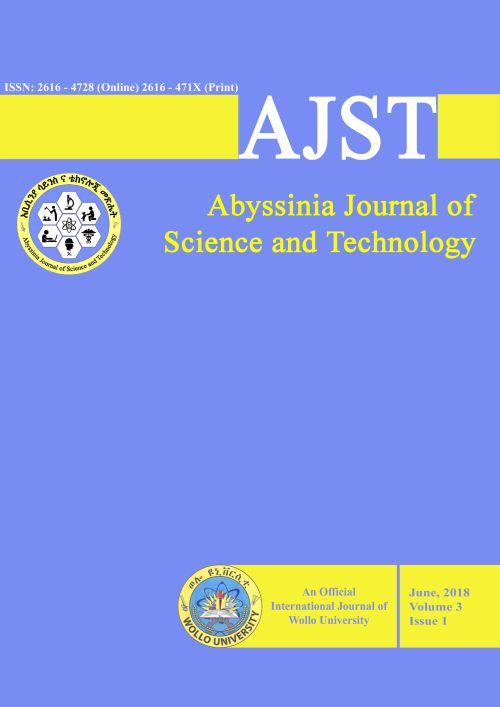Main Article Content
A Review on poultry coccidiosis
Abstract
This review paper was done with the objectives of reviewing poultry coccidiosis and highlighting its economic impact on poultry production sector. Coccidiosis is the most important protozoan disease of poultry which is caused by the intracellular parasite of genus Emeria and resulting in significant economic losses worldwide. This disease is endemic in most of the tropical and subtropical regions of the world and transmitted through feco-oral route. It commonly affects young chickens and chickens managed under intensive system. Poultry coccidiosis is characterized by bloody diarrhea, ruffled feathers, dehydration and paleness of comb clinically and thickening of intestine, hemorrhage and necrotic enteritis at the specific site of intestine of chickens during necropsy depending on the species of Emeria involved. Diagnosis is based on clinical signs, coprology and post mortem examination routinely though various biochemical and molecular methods have also been used in recent years. Different anticoccidial and sulfa drugs are available for treatment and prevention although drug resistance becomes a major problem recently. It can be prevented and controlled by good managemental practices, prophylaxis, vaccination and immunization of chickens, selection of genetically resistant chickens and use of natural feed additives. Coccidiosis causes huge economic losses mainly due to production losses and costs of treatment or prevention. It is concluded that poultry coccidiosis is still the most important protozoan disease of poultry and have a great economic impact worldwide; and good managemental practices including good hygiene and bio security measures should be applied for the control and prevention of the disease.







